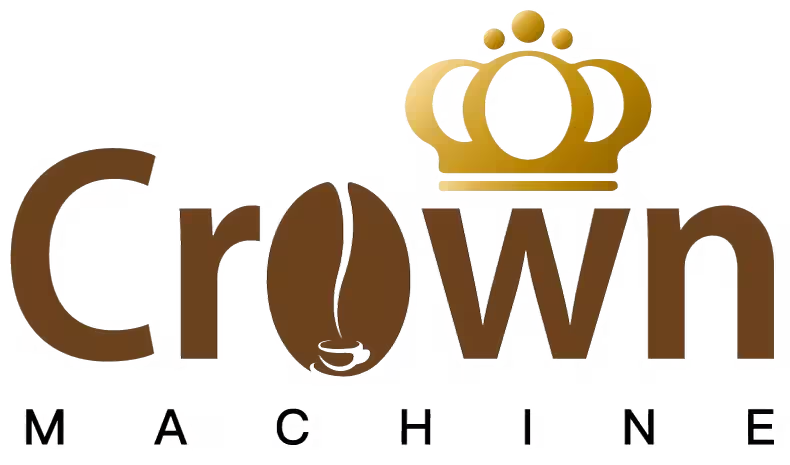When choosing a professional-grade espresso machine, a comprehensive consideration should be made from three aspects: core components, functional features, and operational experience. The following are the specific key points:
First, core component configuration
Boiler system
Dual or multi-boiler design: Professional models are usually equipped with independent extraction boilers and steam boilers, which can simultaneously perform coffee extraction and milk foam whipping, avoiding the impact of temperature fluctuations on flavor.
Mother-child boilers: They switch between extraction and steam functions through the principle of heat exchange, making them suitable for scenarios with high requirements for continuous cup output. However, their temperature control stability is slightly inferior to that of double boilers.
Boiler material: Copper or stainless steel is preferred. The former has excellent heat conduction performance, while the latter has strong corrosion resistance. The choice should be made based on the frequency of use and maintenance cost.
Pumping system
Rotary pump: It provides stable pressure output, is suitable for high-intensity commercial scenarios, has low noise and a long service life.
Vibration pump: It has a relatively low cost, but the pressure fluctuates greatly and requires regular maintenance. It is suitable for household or low-frequency commercial scenarios.
Pressure regulation function: Some models are equipped with an overpressure valve (OPV), allowing manual adjustment of the extraction pressure to adapt to the characteristics of different coffee beans.
Brewing head and handle
E61 Brewing head: Classic design, featuring mechanical pre-soaking function, which can enhance the uniformity of extraction.
Saturated brewing head: Directly connected to the boiler, it offers higher water temperature stability and is suitable for scenarios with strict requirements for flavor consistency.
58mm standard handle: Compatible with mainstream accessories on the market, it is convenient to replace powder bowls or carry out personalized modifications.
Second, optimization of functional features
Temperature control system
PID precise temperature control: Stabilize the extraction water temperature within ±1℃ to prevent flavor deviation caused by temperature fluctuations.
Pre-soaking function: By using low-pressure water flow to pre-moisten the coffee powder cake, the extraction efficiency is enhanced and the channel effect is reduced.
Programmable extraction parameters: Supports custom extraction time, water volume and pressure curves to meet the roasting degree and flavor requirements of different coffee beans.
Steam system
Porous steam pipe: It provides a stronger steam flow, suitable for whipping fine milk foam and shortening the whipping time.
Steam temperature regulation: Some models can independently control the steam temperature to prevent the milk from losing its flavor due to overheating.
Anti-scald design: Steam pipes are made of heat insulation materials or anti-scald sleeves to reduce operational risks.
Cleaning and maintenance
Automatic backwashing function: Automatically clean the brewing head after each extraction to reduce coffee grounds residue.
Detachable components: Core components such as the boiler and the brewing head support quick disassembly, facilitating deep cleaning.
Descaling reminder: By monitoring water hardness through sensors, regular descaling is prompted to extend the service life of the equipment.
Third, operational experience and scalability
Human-computer interaction
Intuitive operation interface: It adopts a knob or touch screen design, supporting one-click extraction, milk foam whipping and other quick operations.
Pressure and temperature display: Real-time display of key parameters such as extraction pressure and water temperature, facilitating user monitoring and adjustment.
Self-check function for faults: Common faults are indicated through codes or indicator lights to reduce the difficulty of maintenance.
Scalability and compatibility
Compatible with multiple powder bowls: Supports single-portion, double-portion and bottomless powder bowls, meeting different extraction requirements.
External accessory support: It can be connected to coffee grinders, weighing devices and other equipment to achieve full-process automation from grinding to extraction.
Modular design: Some models support upgrading core components such as boilers and pumps to extend the equipment’s life cycle.
Fourth, the applicable scenarios match the demands
Home scenarios
Give priority to models that are compact in size and easy to operate, taking into account both extraction quality and ease of use.
Pay attention to noise control and energy consumption performance to avoid affecting the home environment.
Commercial scenarios
The key points to be examined are the continuous cup production capacity, stability and maintenance cost.
It is necessary to be equipped with a large-capacity water tank or directly connected to the water source to reduce the frequency of manual water addition.
Supports multi-language operation interfaces and permission management to adapt to the usage habits of different employees.


